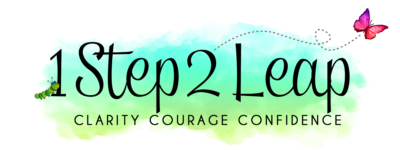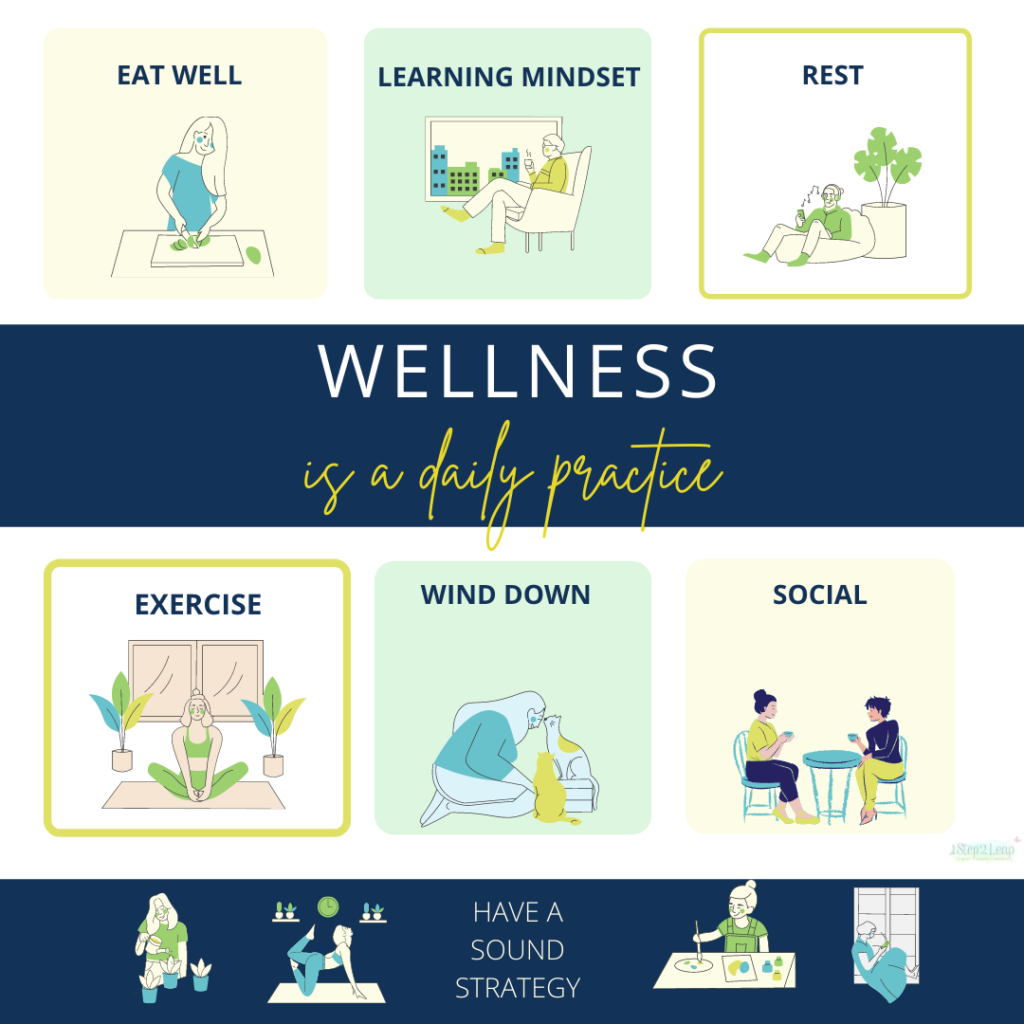Wellness is proactive. Treating sickness is reactive.
You take treatment when you are sick or are seeing symptoms of certain disease. Treatment is a reactive process. Wellness works more on the prevention is better than cure principle. Wellness is an active choice to preserve and improve your physical, mental and spiritual wellbeing.
Did you know?
- 70% of health care costs stem from preventable diseases
- 70-80% of physician visits are stress related (US Public Health Survey)
- Stress is the number one reason behind absenteeism from work.
Wellness is a proactive way of unifying mind, body, and soul with a balanced flow of energy. It involves proactive stress management strategies and practices. Wellness is a journey to support comprehensive health of an individual.
Despite knowing the usefulness of wellness, it’s only after illness most start taking wellness seriously.
Here is what having a good wellness strategy or routine can do for you:
- You are healthier with no regular aches & pains.
- You feel better
- You manage stress well.
- You look younger
- You perform better at work
- You in general have good energy and positive outlook towards life
This is not new information. The internet is laden with wellness information. The issue is not in lack of information but in lack of action. Information overload can cause action paralysis. I understand that.
I hold that wellness remains ignored because usually one does not know from where to start.
In this article, I offer you to join me with 3 steps to design your wellness strategy. Have a piece of paper & pen, your journal or Evernote ready.
Step 1. Let’s do a Physical Check
- Do you have the energy to carry out your entire day’s workload?
- Do you move easily?
- Are you carrying excess weight? [Some of us are naturally round and have never been slim but the question here is about excess!]
- What is the most sustainable form of exercise for you? [Sustainable = What can you manage on your busiest day!]
Answering these questions will offer an insight into your physical health.
Set up at least an annual appointment to check the basic parameters with your physician.
Your doctor may request you for a diagnostic for cholesterol, sugar, thyroid, iron, vit B12 and vit D3. This is a valuable start as this report indicates your stress levels, diet and exercise until NOW. Seek your physician’s advice if any parameter is off.
An Ayurvedic Doctor by examining the pulse, can cross check symptoms and offer further guidance to get your health in place.
Cheat question: What do you need to stop doing to improve your physical health?
Step 2. Let’s do a Mental Check now
- How do you feel on most days?
Full of life/ Not too bad/Inspired/Tired/Bored/Sad/Great…
The problem with this classic question is we repeat the preferred answers: Fine or Not too bad.
Rarely people answer this question sincerely.
I see individuals who are feeling cheerful say fine. We often misconstrue folk who know how to handle life as laid back, not serious, non-ambitious. This is not a perception one wants at workplace.
Today, you don’t need to put on a face for anyone but answer this question fairly for your mental health sake.
The answer to this basic question will help you discover the status of your mental health.
If the answer is not to your liking, the time is ripe for some introspection.
If you are unhappy with your mental health, it may not imply you have severe mental health issues. It could mean that perhaps you need a fresh perspective. Speak to a coach, counsellor or perhaps use an app.
Cheat question: What do you need to stop doing to improve your mental health?
Step 3: The Last Stop: Habit Check
Physical and Mental Health are ever changing. As you age, metabolism changes – what you could do in your 20s may remain a distant dream in 40s. Experiences shape your beliefs and ability to handle stress. Habits have compounding effects. It’s critical to minimize and get rid of bad ones and start developing good ones.
Let’s do a habit check:
1. Do you have any bad habits (scientifically shown to damage physical health in the long run)? Smoking, drinking alcohol, eating junk food, sitting a lot, not doing regular exercise, etc.
2. Do you have any bad habits that are harmful to mental health in the long run? Overuse of social media, excessive screen time, negative self-talk, worrying, unmanaged anger, etc.
3. What habits of yours support good physical and mental health?
Evaluate your habits and keep working on them as: Keep doing | Bring under control |Get rid off
Cheat question: What do you need to do that will improve your wellness quotient?
Wellness strategy:
Now that you have completed these three steps, you have a better view of your state of wellness. You now can determine what’s working and what’s missing. You can now create a wellness strategy for the next 3 months. The answers to the cheat questions are the code to your wellness strategy.
Here is a sample wellness strategy for 3 months
1. Physical Fitness:
· Walk every day [at least 4 times a week] for 40 mins [not a stroll but pump it up a bit, feel the leg burn]
· Eat home cooked nutritious food [Minimize take away to once a week]
· Ensure three nights a week of adequate sleep [No OTT binging]
2. Mental Fitness
· Practice mindfulness for 10 mins everyday
· Learn embroidery (indulge in hobby or learning something) once a week
· Allot dedicated social media time of 20 mins – Did you know that going off social media for a week has the potential to give you more happiness than a salary hike?
· If overly anxious, use Wysa App
3. Habit Check
· Don’t say yes when you want to say a no.
· Respond “Let me get back to you”, instead of saying yes and regretting later.
· Schedule unscheduled time to manage workload and keep stress under control
Conclusion:
Here’s the thing – Knowing is not enough. Only knowing something does not sync our actions with what we know. You can read further about the G. I. Joe Fallacy here.
Making changes is tough and let’s accept this. However, just because it’s difficult does not mean it can’t be done. Transformation takes time so be patient. Don’t be naïve that you will wave a magic wand and achieve sudden metamorphosis.
Practice daily and review your wellness strategy regularly.
If you feel you need a bit of handholding, please connect with me to create a sustainable wellness strategy.
Wellness is not static and keeps changing as per your habits, environment and beliefs. Start your wellness journey today.
Remember: A spa visit is NOT a complete wellness strategy
Let me know your thoughts in the comments section.

